Twilight review
A Haunting Look at Twilight: A Cinematic Reflection
In the vast realm of cinematic creations, Twilight emerges as a film that challenges our perceptions of fantasy and love with its unique blend of supernatural intrigue and raw human emotions. As an experienced film enthusiast, I have witnessed countless adaptations of the fantastical, yet few capture the essence of a brooding romance intertwined with intense personal discovery as poignantly as Twilight. The movie invites audiences to delve into a world where the boundaries between reality and myth blur, providing an unconventional narrative that is both mesmerizing and thought-provoking.
An Immersive World of Emotion and Enigma
Twilight is not merely an exploration of forbidden love; it is a journey through the emotional labyrinth of its protagonists, where each frame seems to echo the tumultuous inner struggles that define them. The film’s setting, shrouded in a perpetual twilight, acts as a metaphor for the liminal space between youth and adulthood, between freedom and responsibility, and most importantly, between mortality and the eternal. This cinematic paradox is further enriched by the film’s unique approach to character development, where even supporting characters offer layers of introspection and consequence.
The casting in Twilight is a significant factor in its enduring appeal. The actors' portrayal of characters who are both enigmatic and vulnerable brings an authenticity to the seemingly fantastical plot. Their performances, marked by subtle gestures and quiet intensity, immerse the audience in a world where the battle between light and darkness is not just external, but an internal struggle that resonates deeply with the human condition.
A Narrative That Defies Conventions
At first glance, Twilight might appear to be a typical story of forbidden love, yet a closer inspection reveals a narrative that defies conventional storytelling methods. The film challenges its viewers by presenting a multi-layered plot that requires a suspension of disbelief but rewards that suspension with compelling moments of introspection and intricate character dynamics. Throughout the runtime, audiences are invited to explore themes of destiny, identity, and the inevitable clash between different worlds. These themes are interlaced seamlessly with the supernatural powers that define the characters, offering a narrative structure that remains engaging despite its fantastical elements.
What sets Twilight apart from other films within its genre is the careful balance it strikes between romance and suspense. The romantic tension is palpable, crafted not only through the nuanced dialogue and immersive musical score but also through the visual composition of each scene. The manipulation of light and shadow plays a central role in conveying the inner turmoil and the unspoken desires of the characters, with many scenes evoking a sense of profound melancholy that underscores the impermanence of their love.
An Artistic Ensemble: Direction, Music, and Cinematography
The visionary direction in Twilight is evident in the meticulous attention to detail, from the ethereal cinematography to the carefully curated musical score. The directors manage to capture a palpable atmosphere that is as haunting as it is beautiful. Every frame is composed with the precision of a painting, where each visual element serves a dual purpose: to advance the narrative and to evoke an emotional response. The interplay between the dusky landscapes and the stark, modern settings seamlessly integrates the past with the present, symbolizing the eternal nature of the film’s central themes.
The musical arrangements deserve particular mention; they not only complement the visual aesthetics but also act as an auditory guide through the story's emotional highs and lows. A well-chosen soundtrack can transform an ordinary scene into one that leaves an indelible mark on the audience—a quality that Twilight accomplishes with finesse. The subtle incorporation of contemporary tracks with classical undercurrents reinforces the film’s ongoing tension between the conventional and the otherworldly.
The Impact on Contemporary Cinema
Twilight has left an unmistakable mark on contemporary cinema, influencing a generation of filmmakers and audiences alike. Its daring narrative structure and bold character portrayals have opened new avenues for storytelling within the fantasy genre. In an era where digital effects often overshadow narrative depth, Twilight stands as a testament to the power of storytelling that resonates on both an intellectual and emotional level.
The film’s legacy is further solidified by its timeless appeal across diverse demographics. While some critics have debated its merits, there is an undeniable quality to the narrative that continues to invite both acclaim and critique. This enduring relevance not only highlights the film’s artistic achievements but also underscores the universal nature of its themes, which transcend the boundaries of age and cultural background.
Re-examining the Notion of the Supernatural Hero
One of the most fascinating aspects of Twilight is its reconsideration of the archetypal hero within the realm of fantasy. Instead of a traditional savior who triumphs through physical prowess or overt magic, Twilight introduces a protagonist whose power lies in emotional resilience and moral integrity. This redefinition opens up a broader dialogue about what it means to be heroic in a world that is as morally ambiguous as it is beautifully surreal.
This approach invites viewers to reflect on their own struggles, encouraging personal introspection about the nature of influence, responsibility, and sacrifice. The saturation of symbolic elements throughout the film nudges the audience to question the conventional metrics of strength and success, thereby offering a narrative that is rich in both aesthetic appeal and philosophical depth.
The Modern Mythology of Love and Loss
At its core, Twilight is a modern mythology that encapsulates the eternal struggle between love and loss. The film’s narrative is deeply intertwined with the myth of eternal love that is destined to transcend time, yet it is tempered with the poignant reality of life’s transient nature. This duality resonates strongly with contemporary audiences, who are often caught between the desire for lasting connection and the inevitable experience of impermanence.
The portrayal of this dualism is executed with a subtle yet effective narrative strategy, infusing the story with a complexity that invites multiple interpretations. Whether one views the journey of the characters as a literal encounter with the supernatural or as a metaphorical exploration of human emotions, Twilight succeeds in leaving a lasting impression by engaging viewers on a profound emotional level.
Exploring the Broader Cultural Implications
Beyond its immediate narrative, Twilight also serves as a cultural artifact, reflecting societal attitudes towards age, identity, and the confrontation with the ‘other.’ The film’s setting within a contemporary framework, juxtaposed with ancient supernatural myths, creates a narrative tension that mirrors modern society’s ambivalence about tradition versus innovation. This tension is particularly evident in the way the film addresses themes of isolation and belonging, encouraging audiences to examine their own cultural narratives.
Moreover, the film’s graphic representation and underlying messages have sparked conversations about its age rating, appealing to both younger audiences and mature viewers. The interplay between innocence and maturity, as depicted through its characters’ interactions and inner conflicts, is a deliberate artistic choice that adds layers to the viewing experience. In this light, Twilight becomes more than just an entertaining film—it transforms into an exploration of how myth, sexuality, and morality collectively shape our understanding of the world.
A Personal Reflection on the Viewing Experience
My personal engagement with Twilight was a journey filled with unexpected revelations and moments of profound reflection. The film compelled me to scrutinize not only the narrative but also the intricate interplay of human emotions conveyed through its visual language. The melancholic aesthetic, juxtaposed with a narrative that oscillates between moments of intense passion and quiet introspection, had an almost hypnotic effect, providing a viewing experience that is both engrossing and enlightening.
The process of watching Twilight is akin to embarking on a pilgrimage through a symbolic landscape where every scene is imbued with meaning. The slow-burning narrative, combined with the film’s atmospheric settings, captures the essence of longing and the bittersweet nature of love. As you watch the characters grapple with their inherent differences and the burdens of their supernatural destinies, you are reminded of your own personal experiences—times of joy interwoven with the inevitable pain of letting go.
From an analytical viewpoint, the film challenges traditional narrative expectations while also embracing the poetic ambiguity that characterizes great art. It does not offer easy answers or neatly wrapped resolutions; instead, it invites contemplation on the essence of existence, the conflict between predestination and choice, and the inherent struggle to reconcile one’s inner self with external expectations.
The Technical Craftsmanship Behind the Scenes
In examining Twilight, it is impossible to overlook the technical craftsmanship that underscores its aesthetic appeal. The cinematography, which plays with the interplay of natural and supernatural light, creates a visually compelling atmosphere that reinforces the narrative’s dualistic themes. The film’s color palette, dominated by cool, muted tones interspersed with sudden bursts of vibrant color, mirrors the unpredictability of the characters’ emotional arcs and the volatile nature of their encounters.
Integral to the film’s overall success is its sound design, which subtly underscores the themes of isolation and foreboding that permeate the narrative. Ambient soundscapes, punctuated by moments of silence, serve as a counterpoint to the characters’ inner dialogues, allowing audiences to experience the unspoken depths of their struggles. The blending of visual aesthetics with an evocative soundtrack creates a multi-sensory experience that lingers long after the credits roll.
In terms of modern accessibility, Twilight can be discovered on various digital platforms that allow viewers to watch, stream, download, free or through subscription services. This ensures that new fandoms and seasoned critics alike can appreciate the blend of myth and modernity in the film. For those who wish to watch this classic online or even catch rarer unblocked versions, the film remains a gem that continues to inspire and provoke thoughtful discussion.
Final Thoughts on Twilight’s Enduring Legacy
Twilight is a cinematic exploration that defies simple categorization—a film that is as much about inner psychological battles as it is about otherworldly destinies. As one revisits this narrative, the sense of wonder and quiet introspection that initially captivates the audience evolves into a deep-seated appreciation for its complex interplay of tone and theme. This is a film where every glance, every carefully constructed scene, nudges its viewers towards a more nuanced understanding of love, identity, and acceptance.
Having experienced a myriad of films over the years, I conclude that Twilight's ability to evoke emotional depth while challenging the boundaries of conventional film narratives marks it as a truly memorable piece of cinema. It continues to be recommended for those who are not only in search of an engaging story but also for viewers who are curious to see a distinctive treatment of the age-old battle between light and darkness.
The film's thoughtful juxtaposition of romance and existential inquiry has allowed it to secure a lasting place in the annals of modern cinema, encouraging repeated viewings and ongoing debates about its interpretation. Whether you choose to watch, stream, or even download Twilight, its multifaceted narrative and resilient charm ensure that it remains a must-see for a diverse audience that appreciates film as an evolving art form.
How to watch Twilight online
Twilight is available for viewing on several major digital platforms. You can watch it by streaming on platforms which offer free online viewing options as well as subscription-based services that allow you to stream or download the movie. For viewers looking for unblocked versions, there are reliable channels ensuring it is accessible to a wide audience.
The film carries a PG-13 age rating in the United States, making it appropriate for teenagers and older audiences with parental guidance recommended for younger viewers. Major streaming platforms include Netflix, Amazon Prime Video, Apple TV, Peacock, Hulu, and YouTube Movies. Netflix often provides the film with a trial option and download for offline access. Amazon Prime Video gives you options to rent or purchase with offline viewing, and Apple TV offers similar purchase or rent services with high quality streaming. Peacock presents both free and premium viewing choices, while Hulu has it available on its platform with trial options and certain download limitations. YouTube Movies gives you the rent or buy option, with download features available through its app.
To download the app, you will get links to the Official Website and/or official digital markets.
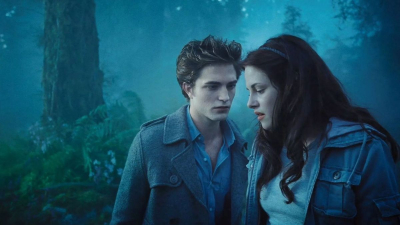
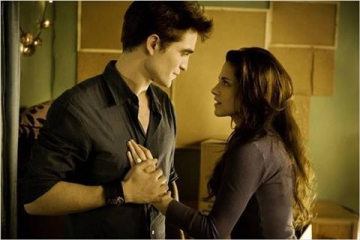
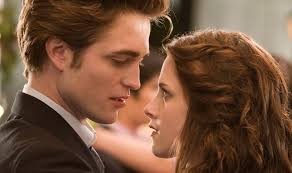
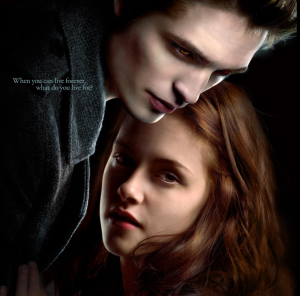


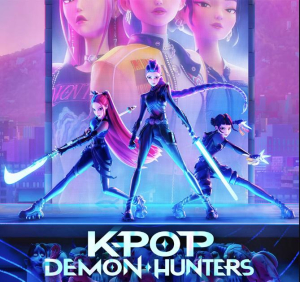





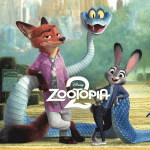
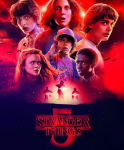
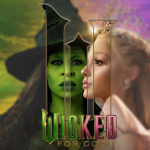
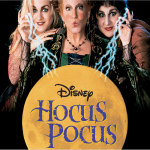

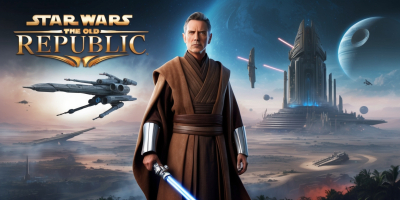
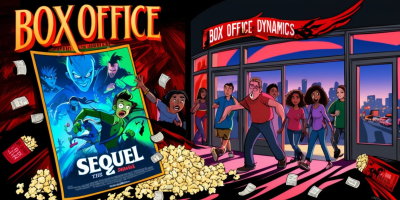

Leave a comment
Your comment is awaiting moderation. We save your draft here
0 Comments